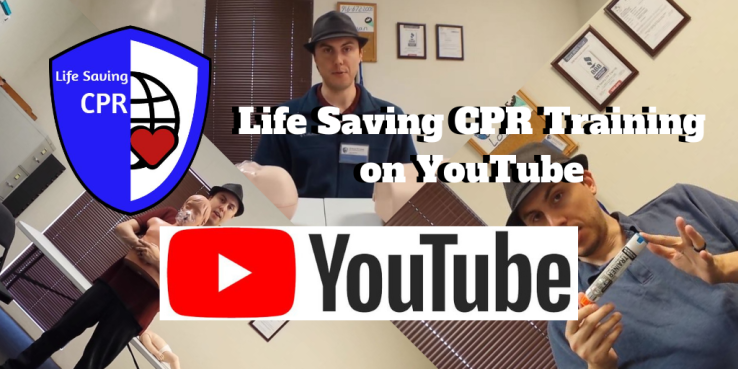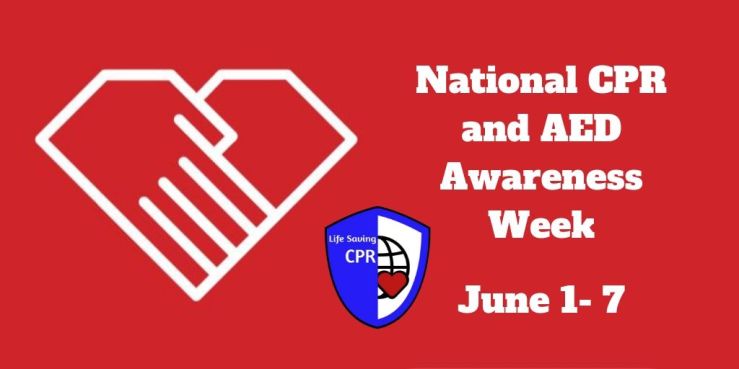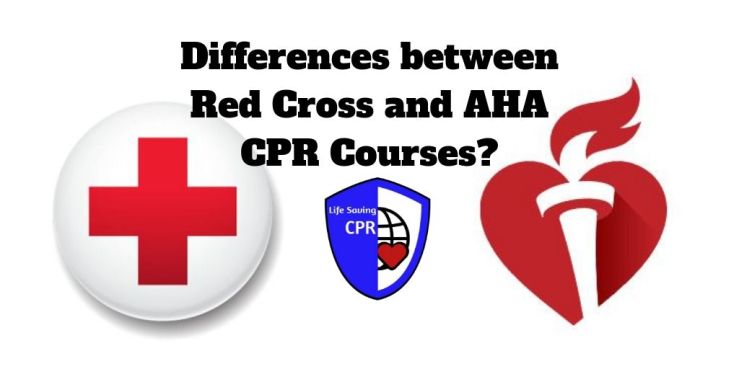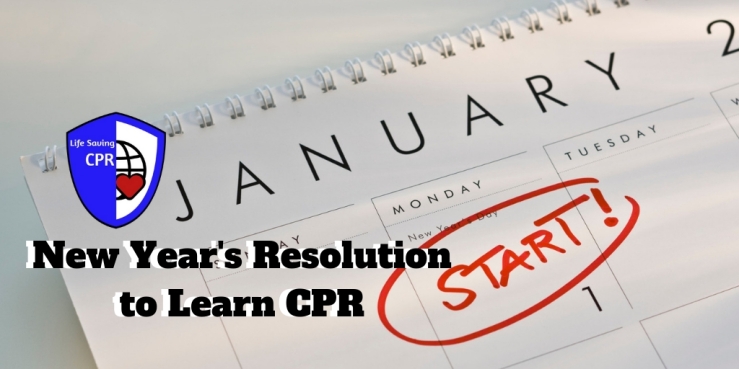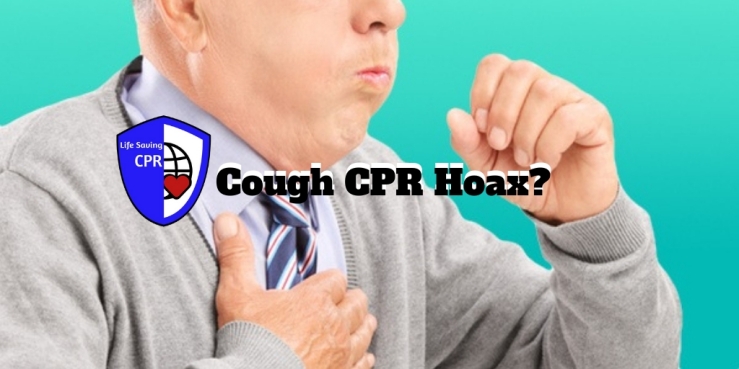The majority of Earthquake Safety is about preparation. You need to make an action plan, practice it, gather emergency supplies and reduce possible hazards. Be ready to act safely if you are outdoors or indoors. Earthquakes are an eventuality in California. They are not as common as some other disasters like fires or floods but they do happen and you should be ready.

Earthquake Safety is certainly important in California but there are many other fault lines all over the world. An earthquake is a sudden violent shaking of the earths surface. They generally result when pressure is released from the earth’s crust plates breaking or moving and jostling one-another. They can also result of landslides and volcanic activity. The Fault lines are areas where the different crust plates meet, resulting in common earthquakes in these areas. California is right on the San Andreas Fault, this is why Earthquake Safety is so important in California.
The first step in Earthquake Safety preparedness is having an action plan. During an earthquake most deaths come from collapsing buildings or falling heavy objects. Find the safe places in your home or workplace, and the safest most direct evacuation route. Drop to your hands and knees before the earthquake knocks you to the ground. Cover your head and neck, and your whole body if possible, under a sturdy object like a table. Hold on to your shelter and move with it if the shaking causes it to move. The Drop, Cover, and Hold On method can save your life. Practice these actions and evacuation plans with your family so you are ready to use them in an emergency.

As with any emergency you should have and emergency kit ready for Earthquake Safety. You would include much of the same things in an Earthquake kit as your regular emergency kit, so make sure it is stocked and accessible to the whole family. Make sure your kit includes first aid materials like bandages, medications, a tourniquet, and other first aid tools. General survival tools like a tent, candles, blankets. Include emergency food and water. For a more exhaustive list of what to including in an emergency kit please see the CDC Emergency Supplies for Earthquake page.
Earthquake Safety actions are different if you are inside or outside. If you are inside, it is not recommended that you run outside or to another room while the shaking persists. You are best advised to Drop, Cover, and Hold On as discussed previously. We do NOT recommend standing in a doorway. This is old knowledge. Modern doorways are no stronger than any other part of a structure and is not likely to protect you from falling objects or being knocked to the ground. Otherwise try to move away from windows or other sources of glass. If you are outside, stay outside. Stay away from buildings and utility lines. The most dangerous place is near exterior walls of buildings. If you are in a car, safely stop and pull over. Try to keep your car away from utility polls, buildings, and stay out from under overpasses. For more information about Earthquake Preparedness check out the CDC Earthquake Page. Check out this CDC Earthquake Ready info-graphic:
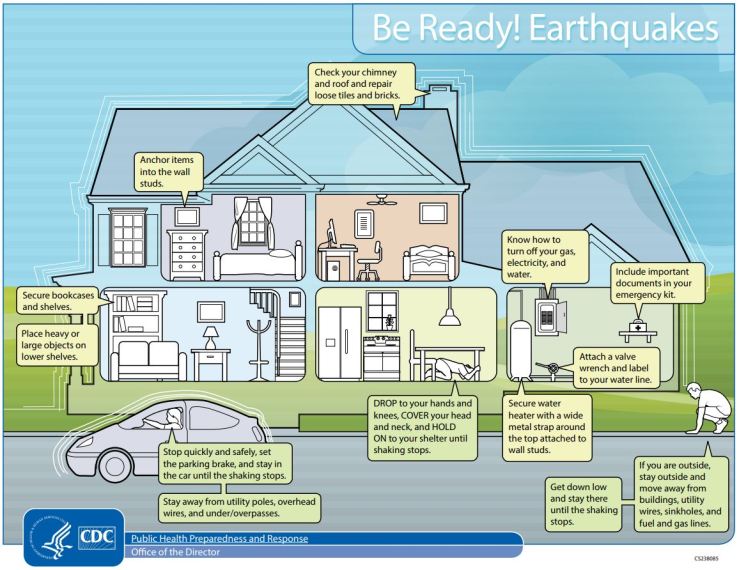
Another important step in Earthquake Safety is learning First Aid and CPR at Life Saving CPR Training in Sacramento California. You will learn American Heart Association (AHA) First Aid and CPR so that you have the skills to act in any emergency. Visit our website: https://cprskillssacramento.com/ to find the schedule and to sign up for a course online. Or call at (916) 672-2008. #LifeIsWhy we learn CPR, because #CPRSavesLives!
38.616977
-121.332515
